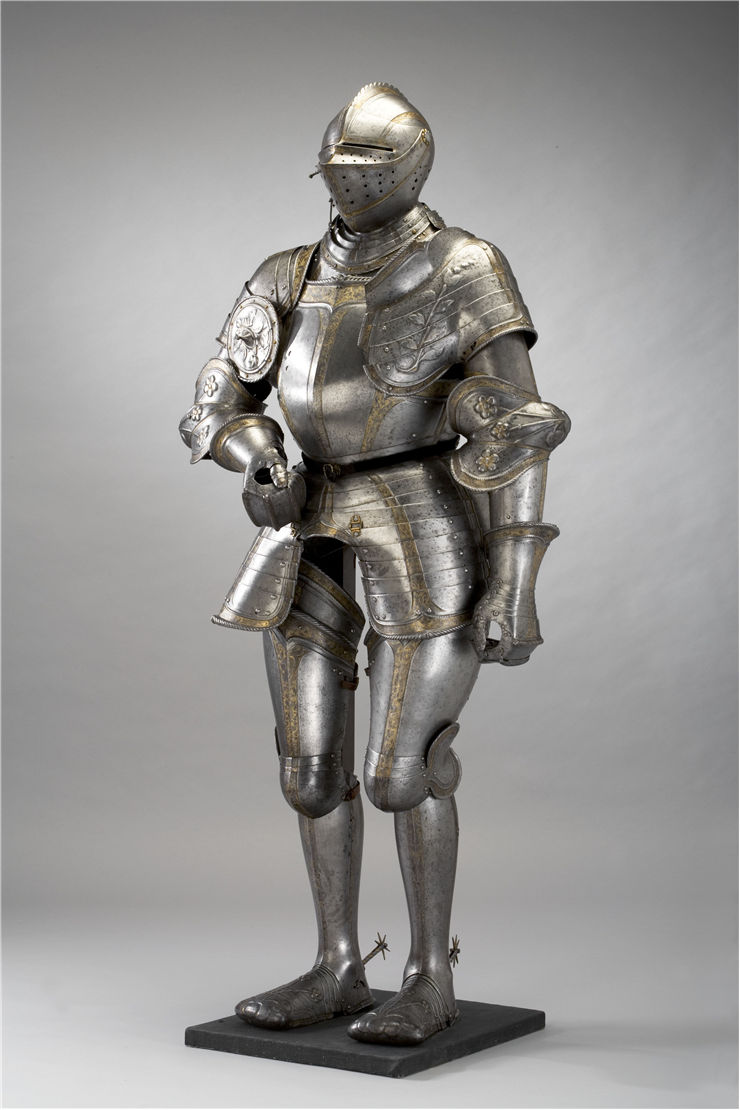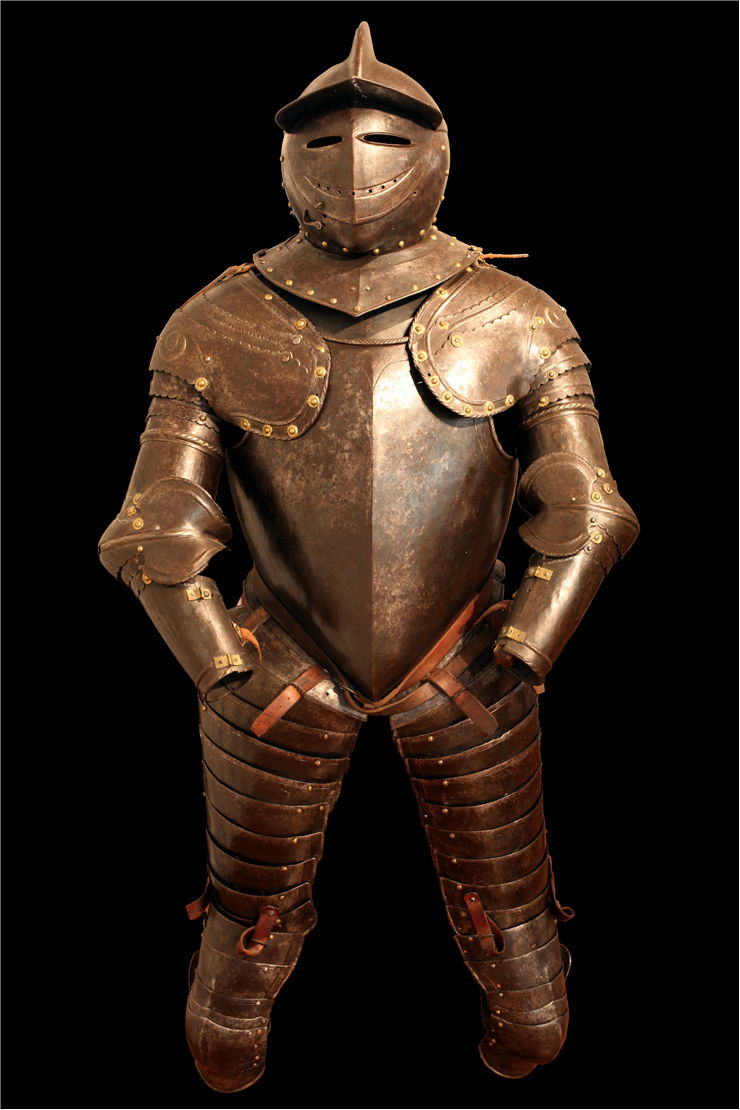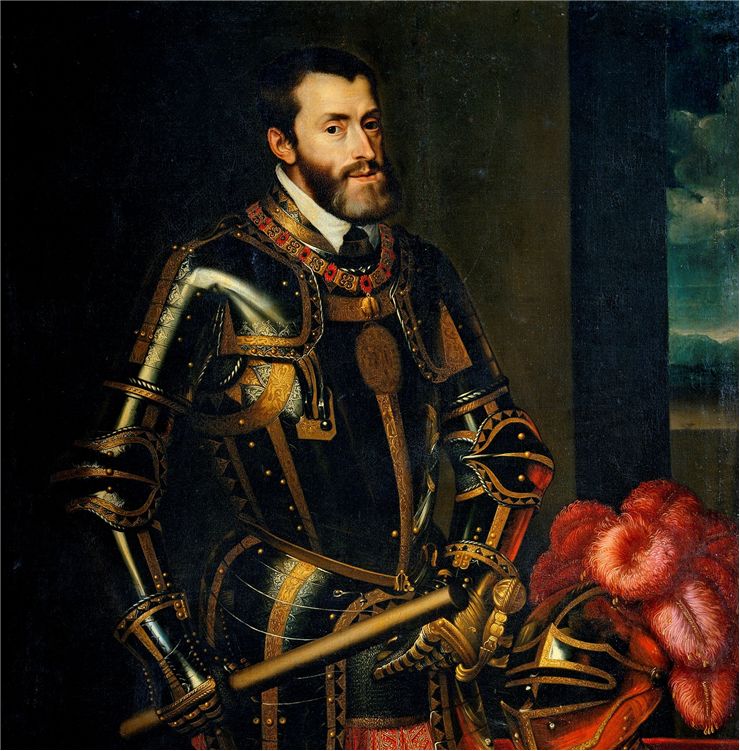History of Plate Armor - Coat of Plates
Plate Armor is today remembered as one of the most popular armors in European middle ages, even though historical records are very clearly describing that rise of the plate armors and their extreme version “suit of armor” were most prominent during 15th and late 16th centuries. Period of time that promoted plate armor the most was Hundred Years' War that introduced many advances in the military gear of that time. Today, plate armor plays a very important part in the history of personal armors as the most distinct and easily recognizable type of the armor in the entire world. As soon as someone sees plate armor in any of its forms (whether it is full plate suit for both soldier and horse, or just breastplate protector named cuirass), modern people are immediately thinking about medieval times, numerous wars that happened during early Renaissance, and romanticized vision of fully-armored knights and pre-gunpowder warfare. However, history of plate armor is not only connected to medieval Europe. Its origins go back all the way to the 2st millennia BC, when advances in metallurgy enabled for the first time creation of Bronze tools, weapons and of course armor pieces.
The oldest plate armor ever made comes from ancient Mycenean-era Greece from around 1400 BC. Armors from that period (which were discovered by archeologists around city of Thebes, Mycenae and Troy) consist from several single-piece plate items that protected body (body), shoulders, lower protection plates, and neck protectors, all made from bronze. Because of the difficult manufacture and weight, body plate armors were mostly used in a form of cuirass that was split into front and back section. Those two parts were connected together either with leather straps. Greece introduction of this type of armor morphed into new forms of plate armors, most notably in Rome where Lorica Segmentata became popular during several centuries. However, after fall of Roman Empire single-piece chest plate armors fell from popularity for a long period of time because of difficulties with manufacture and very high cost.
Almost one thousand years after fall of Roman Empire, plate armors returned in fashion after rise of metallurgy techniques enabled medieval blacksmiths to start easier manufacture of larger metal pieces. Reintroduction of larger plated armors started with chest pieces, and slowly expanded to the protection of the other body parts. Even though it was very expensive and hard to maintain, full body plate armors became commonplace after 1420s with blacksmiths being responsible for creation of up to 20 individual metal parts that soldier had to wear (most commonly those items were helmet, gorget, pauldrons, besagews, rondels, couters, vambraces, gauntlets, cuirass, fauld, tassets, cutlet, mail skirt, cuisses, poeyns, greaves and sabatons). The average full metal plate armor that covered soldier from head to toe was heavy, but those create for ground combat were made to be not more heavy than 25-30kg. Armors that were made for mounted combat were heavier, with specific armor pieces being placed on the horse, covering his entire body except legs. Even though they were expensive and hard to use, full plate armors were deemed to be cost effective because they offered great protection against bladed weapons, spears and to some extent against blunt trauma. However, expansion of full plate armor use also caused inovations in the field of weapons, most notably larger swords, longer pollexes, halberds, stronger longbows, hammers, maces, and introduction of crossbows that had enough power to pierce full plate armor even at larger distances.
Popularity of full body plate armors reached its popularity during 15th and 16th century, with records showing that several battles were made utilizing up to 10 thousand soldiers that wore these types of armor. This happened mostly during Wars of the Roses, Italian Wars and Hundred Years War. Arrival of gunpowder during early Renaissance lessened the impact of full plate armored soldiers on the battlefield, but they remained in use for specific heavy troops (especially in the New World where opposing natives did not have access to crossbows and gunpowder weapons) and for ornamental purposes. Many of those armors from the time of Renaissance were made by master blacksmiths, ornamented to the highest degree and used by royalty and nobility during parades and various ceremonies.
After arrival of gunpowder, full plate armor became obsolete, but that did not mean end for all types of plated armor. Chest protection remained popular for a long time, with most of the Renaissance soldiers wore cuirass breastplates with some additional lighter protection for other parts of their body. Special type of plate armor set was created specifically for jousting. Plate armors remained in use until 18th century, mostly in specific cavalry military units. Some isolated uses were also present during World War 1 with soldiers using plate cuirass armors to protect their vital organs against shrapnel.


